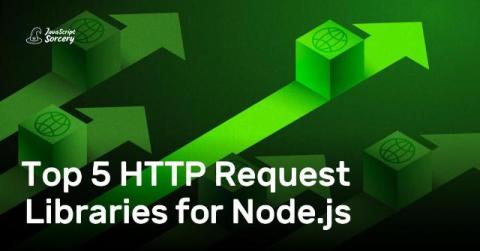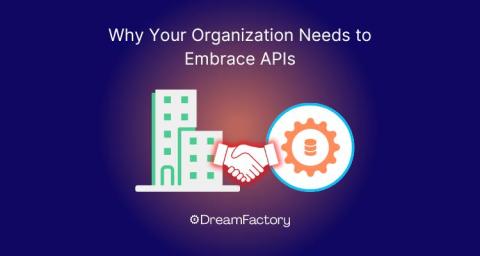Top 5 HTTP Request Libraries for Node.js
When it comes to making HTTP requests in Node.js, developers are spoiled for choice: from the built-in and browser-familiar Fetch API to third-party libraries like Axios, Got, Superagent, Ky, and others. Navigating this diverse landscape can be a little daunting. This comprehensive guide aims to simplify your decision-making process by comparing the features and nuances of popular options, so you can select the ideal solution for your next project.











